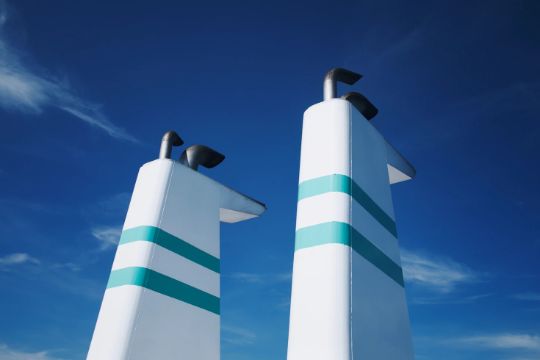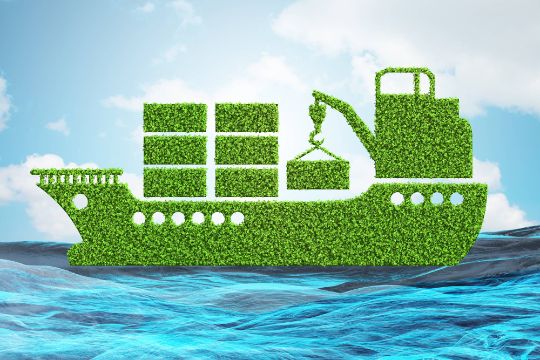THE CHALLENGE
Despite anticipated efficiency improvements, CO2 emissions are still projected to increase by a significant amount. The International Maritime Organization has set targets to reduce carbon intensity, with the ultimate goal of achieving zero emissions by 2050.
However, replacing the current amount of fossil fuels consumed by shipping with eco-friendly alternatives would require significantly more energy due to differences in energy density. Generating the necessary amount of green fuel would require a substantial amount of renewable energy, which is currently only available in limited quantities.
Therefore, it is crucial to reduce energy consumption through operational energy-efficient practices.
Achieving carbon neutrality will require a combination of utilizing green fuels and improving energy efficiency. Existing ships must also adapt to increasingly strict regulations.


THE TARGET
To achieve the IMO goals, slow steaming can be complemented with measures such as friction reduction, boosting ship’s thrust, and digital fleet monitoring to enhance ship operations' effectiveness. Digitalization also plays a crucial role in monitoring fuel usage and efficiency, ensuring accuracy in efficiency ratings and providing essential data for investment decisions. Optimizing routes and bunkering stops can also lead to reduced emissions.
THE SOLUTION
The best approach is to prioritize energy conservation measures, followed by the use of environmentally-friendly fuels or the capture of CO2 emissions to offset any remaining emissions.
Ships that are already in use can meet the International Maritime Organization's carbon intensity goals by either switching to alternative fuels or improving their energy efficiency. While the former option is costly, the latter not only helps shipowners achieve the IMO's targets but also reduces costs and improves competitiveness.
